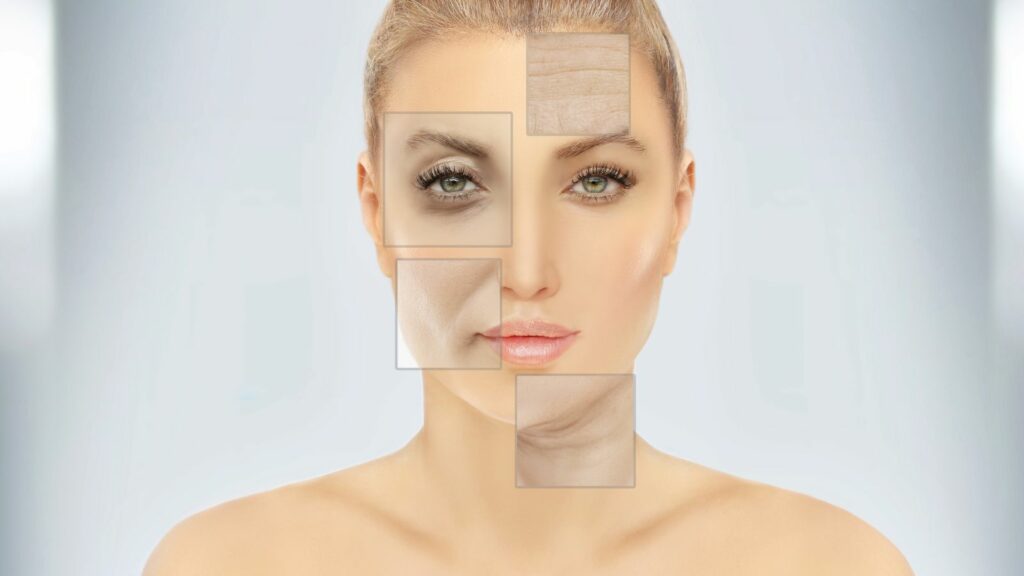The beauty industry is a dazzling world filled with glitz, glamour, and the promise of perfection. We are bombarded daily with advertisements showcasing flawless skin, luscious hair, and the latest must-have products. But beneath this shiny surface lies a reality that many consumers are unaware of—a truth that could hurt you.
From unregulated ingredients to misleading claims, there’s more behind the scenes than meets the eye. As you dive deeper into your beauty routine, uncovering what these secrets mean for your health and well-being is essential. Are those serums miracle workers? Is that cruelty-free label genuinely trustworthy?
Join us as we peel back the layers of the beauty industry and reveal 17 shocking secrets that might change how you view your favorite products forever. Prepare yourself for an eye-opening journey!
Lack of regulation
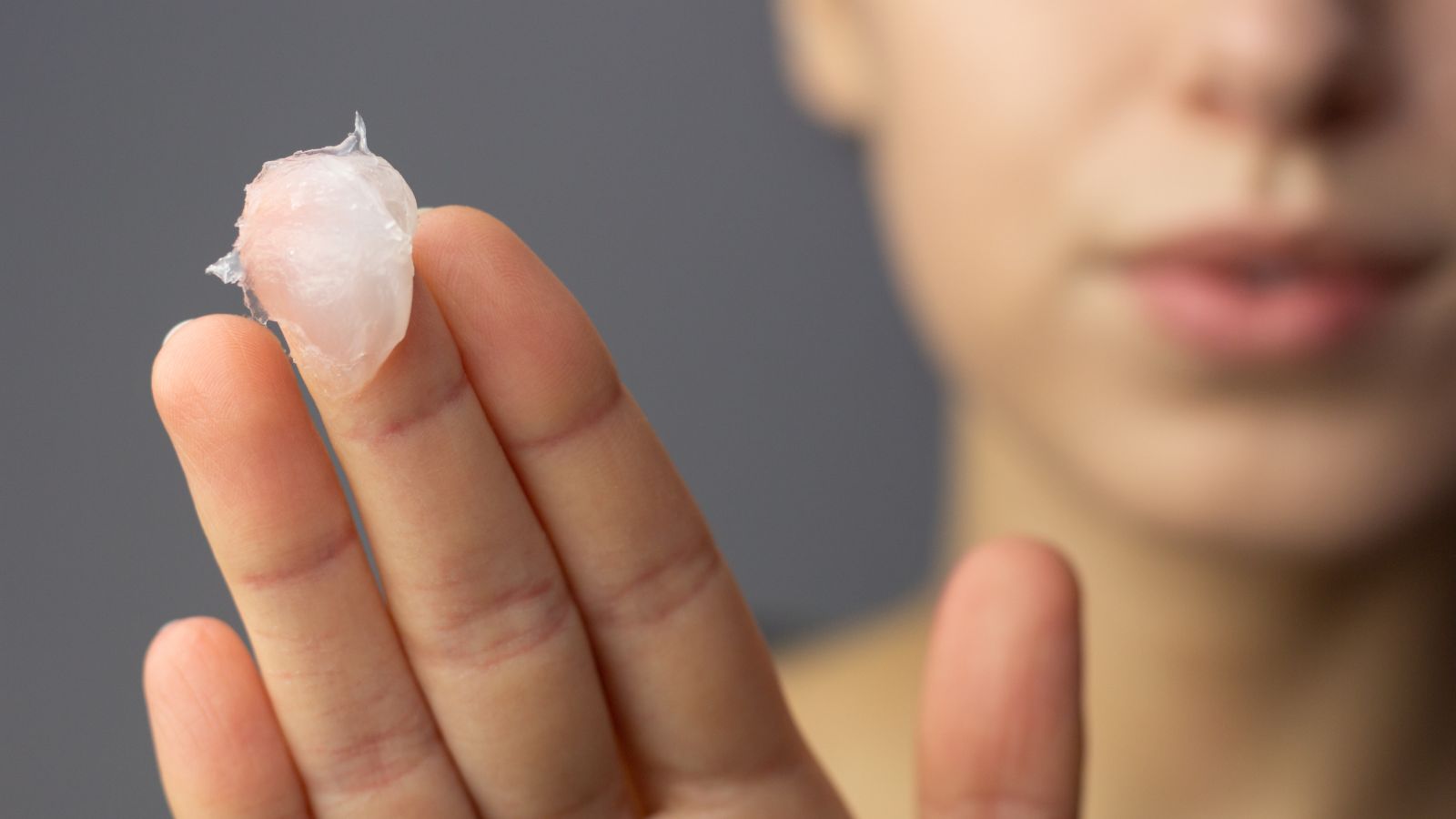
The beauty industry thrives on innovation and creativity, but beneath the surface lies a troubling truth: a significant lack of regulation. Many consumers assume that products have been rigorously tested for safety. Unfortunately, that’s often not the case.
Unregulated Claims
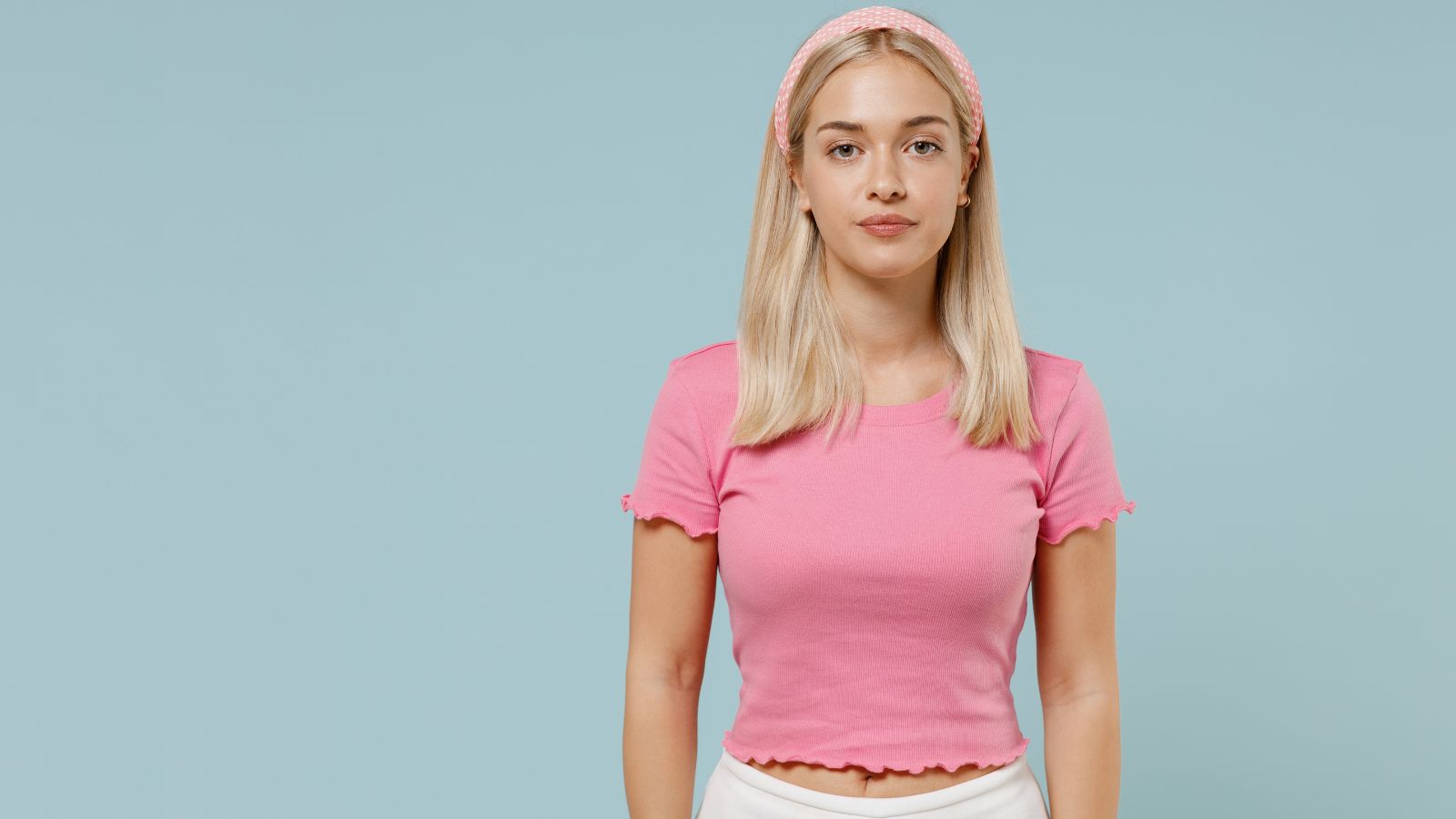
In the United States, the FDA does not require pre-approval of cosmetics and skin care products, meaning that terms like “hypoallergenic,” “non-comedogenic,” and “dermatologist-approved” lack standard definitions. Companies may use these labels to create a perception of safety or efficacy without real accountability, making it challenging for consumers to assess product reliability.
With so many options available, being an informed buyer is essential. Investigate product labels thoroughly and seek out brands prioritizing transparency and accountability in their ingredient sourcing practices. Your health deserves no less than complete honesty from those who want your trust and money.
Ingredient transparency
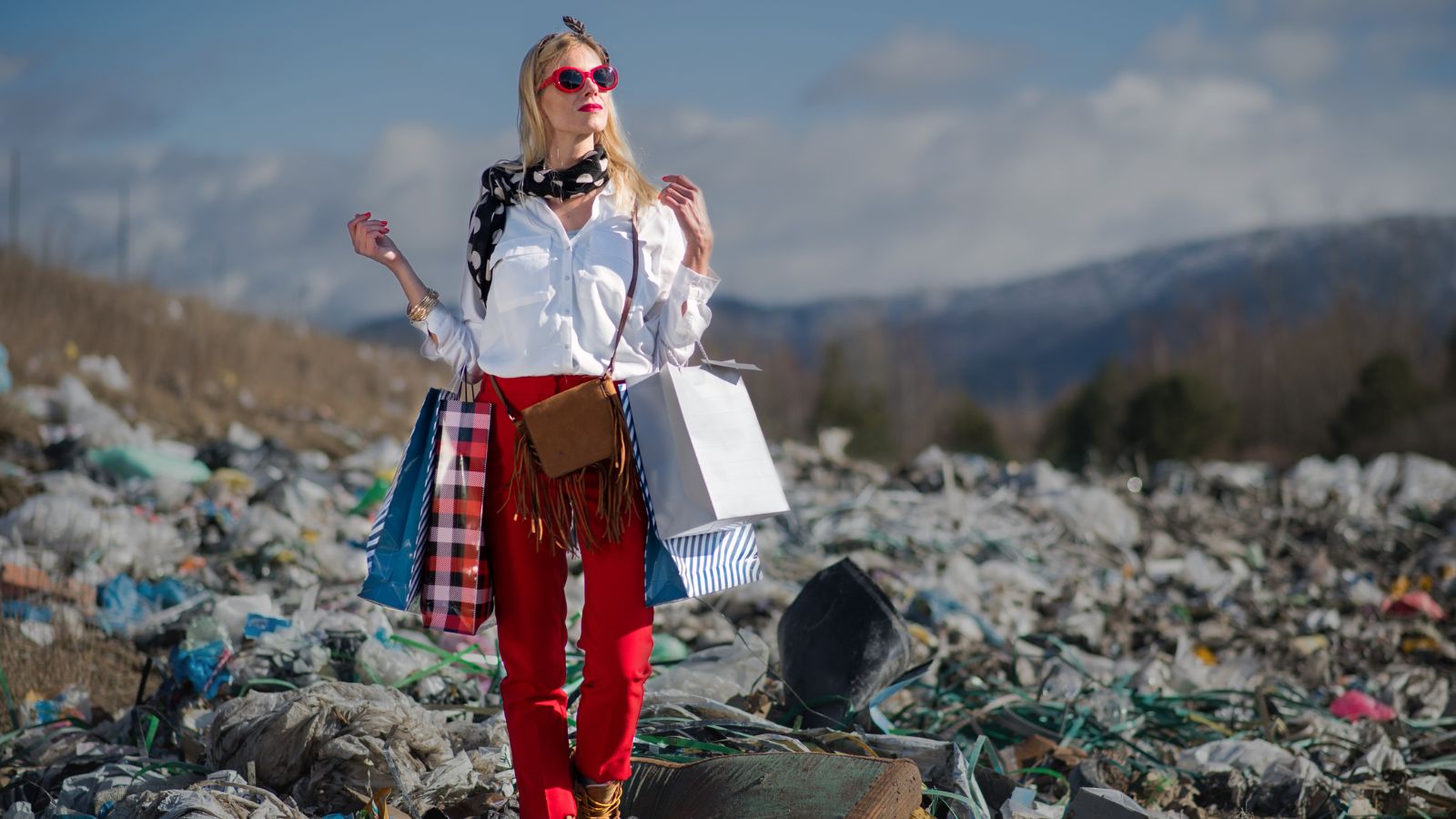
Ingredient transparency is another issue. Brands may market their products as “natural” or “organic,” yet they can still contain harmful additives. Brands are not required to disclose all ingredients, especially if they fall under “trade secrets.” This lack of transparency can make it challenging for consumers to avoid allergens, irritants, or other chemicals they may wish to avoid. Some brands may only reveal complete ingredient lists upon request or after a purchase, limiting consumers’ informed choices.
“Fragrance” is a Catch-All for Chemicals
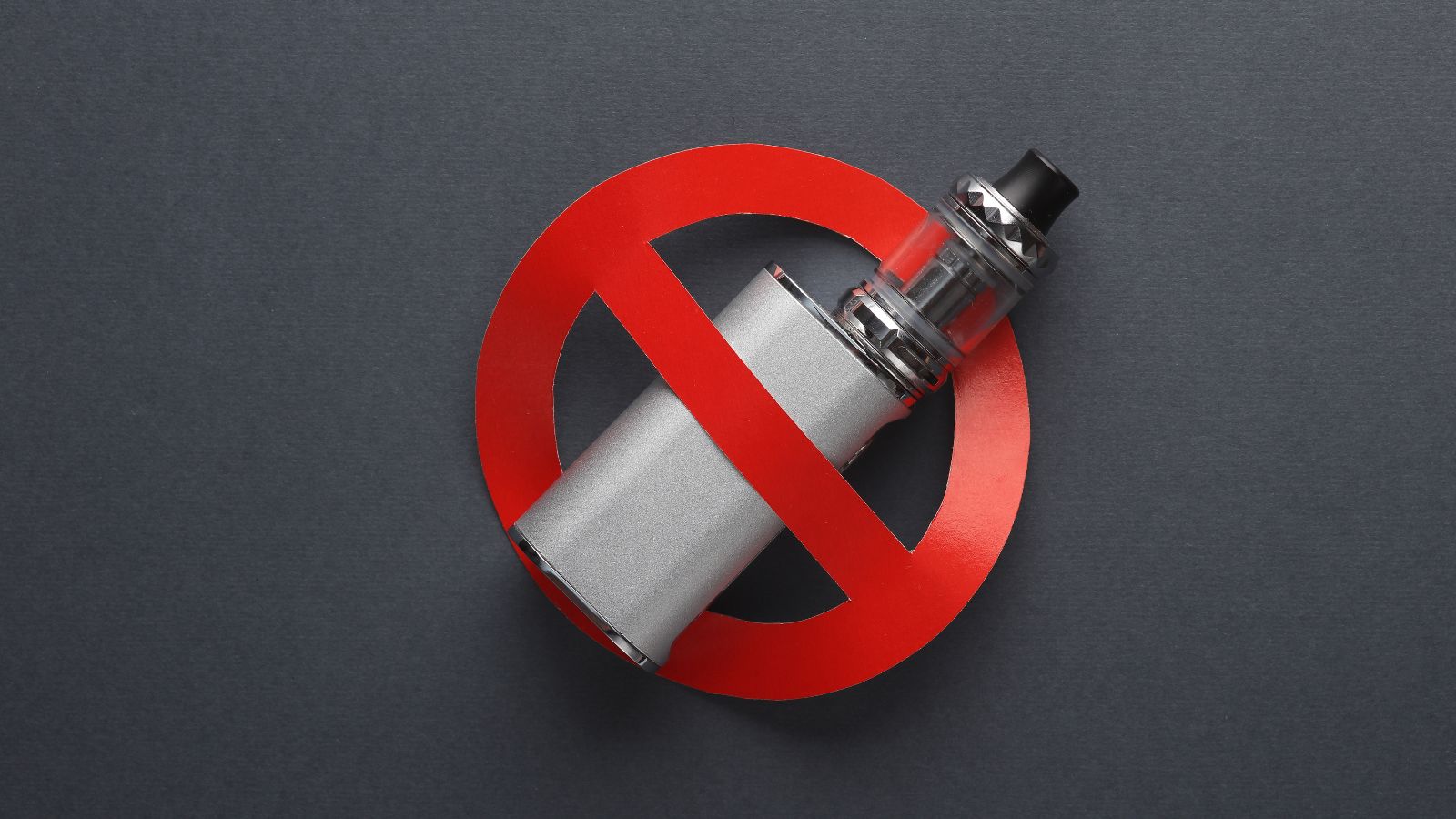
“Fragrance” is a common ingredient label in cosmetics, but it’s often a blanket term that can mask dozens of undisclosed chemicals. These hidden components can cause skin irritation, migraines, and allergic reactions in sensitive individuals. Worse, some fragrance chemicals have been linked to hormone disruption, posing additional health risks.
Harmful chemicals in beauty products
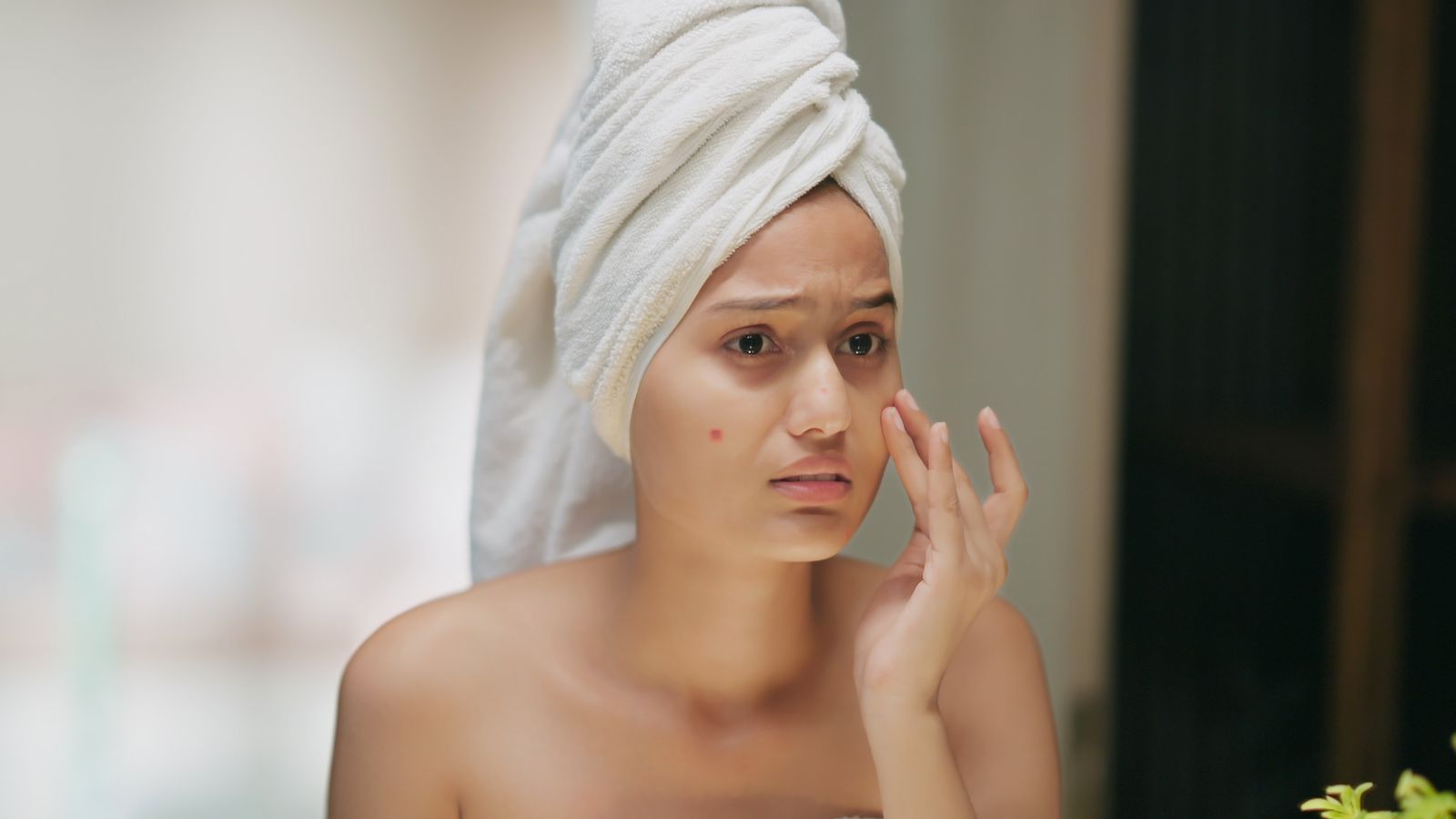
Many beauty products contain harmful chemicals that can pose severe risks to your health. Ingredients like parabens, sulfates, and phthalates are often included for their preservative or fragrance properties but have been linked to hormonal disruptions and allergic reactions. Natural alternatives exist, yet many consumers overlook them because marketing tactics emphasize glamour over ingredients.
Educating yourself about labels can be empowering. Choosing products with clean formulations isn’t just a trend; it’s essential for long-term wellness. Look for certifications like ‘free from’ claims, which indicate fewer harmful additives.
The truth about

The beauty industry thrives on trends and fads that capture our attention. But what’s often hidden behind the glossy images are truths that can surprise you. Many products claim to be revolutionary or miracle workers. Yet, their effectiveness may not live up to the hype—the secret lies in marketing tactics designed to create a desire for perfection.
Celebrity Endorsements and Social Media Influencers
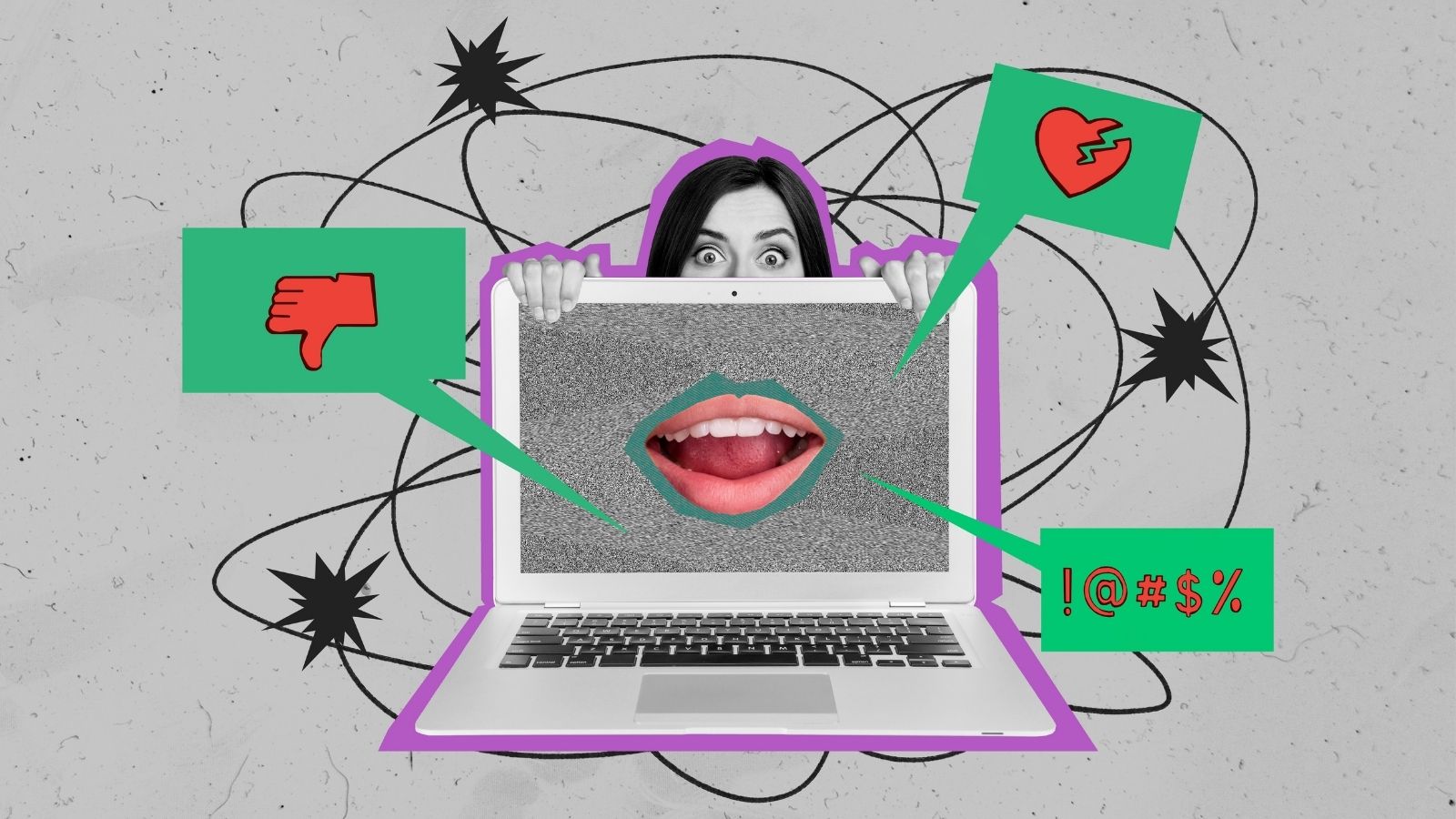
Just because a celebrity swears by a product doesn’t mean it works for everyone. These endorsements can distort reality, leading consumers to believe they need items they might not require.
Additionally, many brands lean heavily on social media influencers who promote goods without disclosing whether they’ve used them long-term or have genuine results. It creates an illusion of necessity around products that could fall short of expectations.
Understanding these dynamics is crucial when making beauty choices. It’s essential to approach recommendations with a sharp eye and prioritize what truly works for you.
False advertising and misleading claims
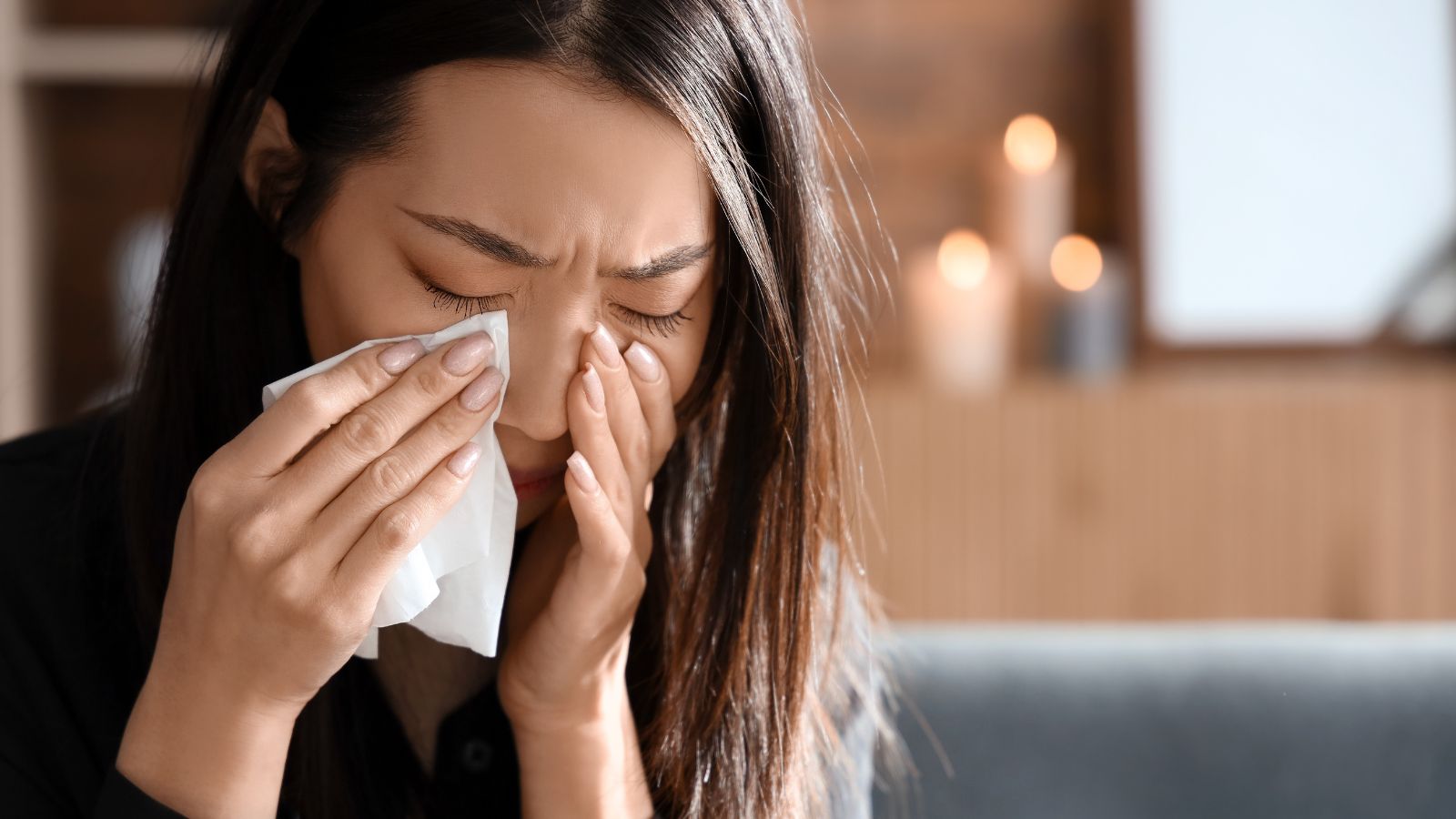
Brands often promise flawless skin, eternal youth, and miracle transformations. The reality is much different. Marketing strategies frequently exaggerate results or use clever wording to mislead consumers. Terms like “anti-aging,” “natural,” or “organic” can be ambiguous, leaving shoppers confused about what they’re truly buying.
The product may contain only a tiny percentage of an advertised ingredient in many cases. For instance, claiming something is made with “essential oils” doesn’t mean it’s practical; it might just be a marketing tactic.
This deception can lead individuals to invest in products that don’t deliver on their promises. Consumers must perform due diligence before purchasing items based solely on flashy advertising claims.
Heavy Metals in Makeup
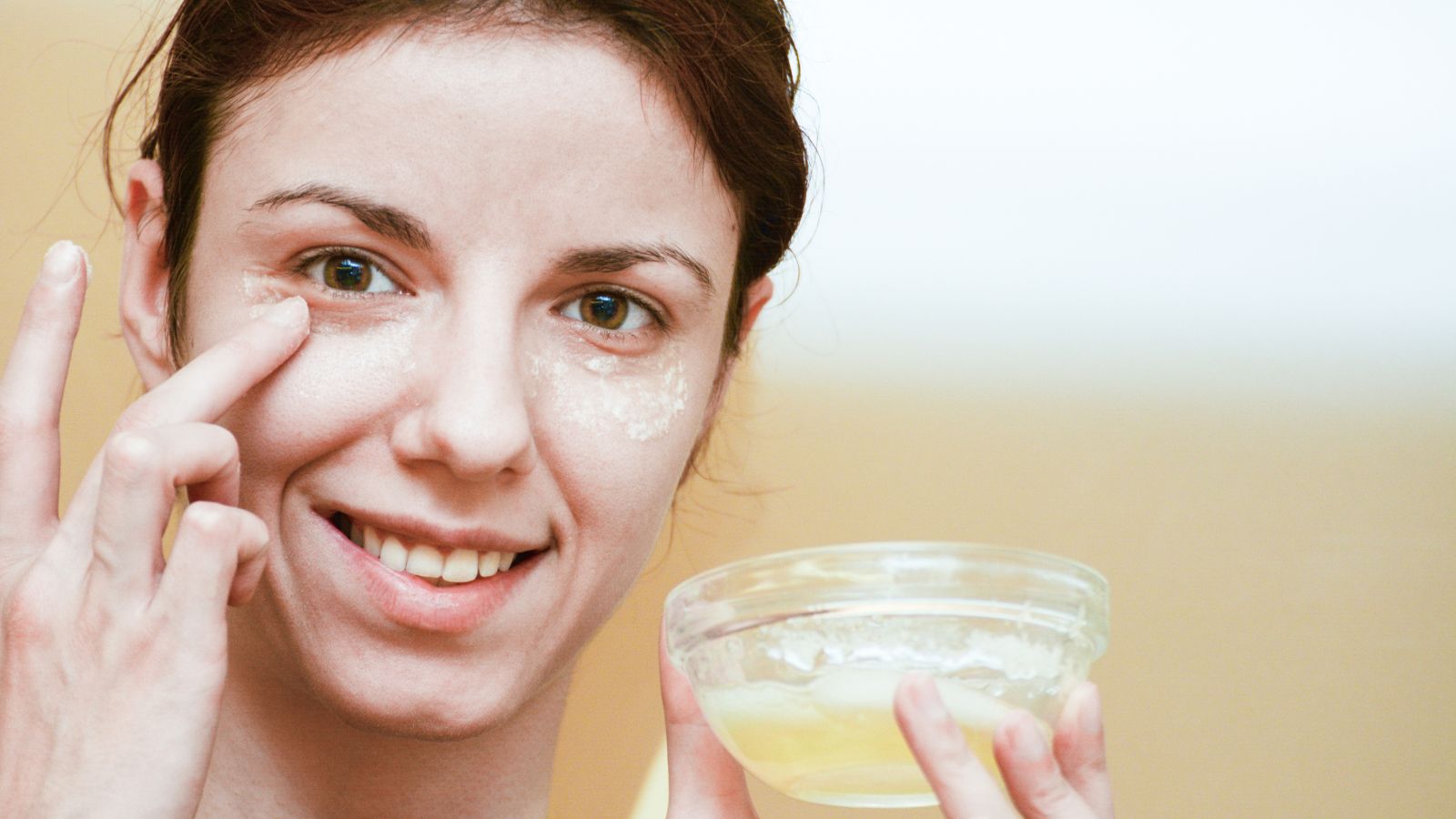
Metals like lead, arsenic, and mercury have been found in trace amounts in certain cosmetics, including lipstick and eyeshadow. While these elements may enter products as impurities, their cumulative effect can harm users over time. Daily exposure increases potential risks, especially with products for sensitive lips and eyes.
Ingredients Banned Abroad Are Allowed in the U.S.
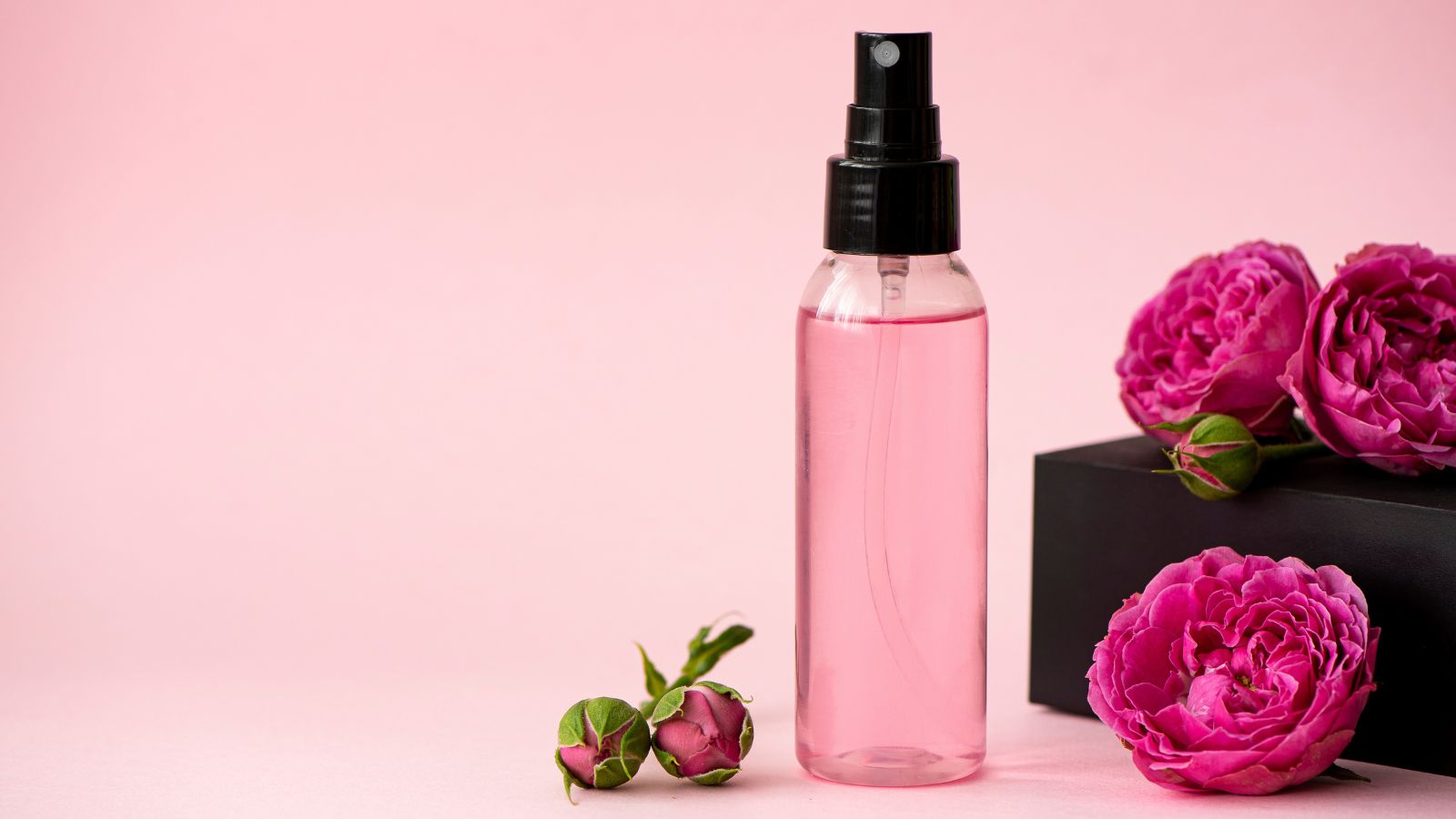
Global beauty standards vary widely, with the European Union banning or restricting over 1,300 cosmetic ingredients, compared to fewer than a dozen in the United States. This discrepancy means that products considered harmful in one region can still be legally sold in another. U.S. consumers may unknowingly use ingredients banned in other parts of the world for their health impacts.
Misleading Expiration Dates
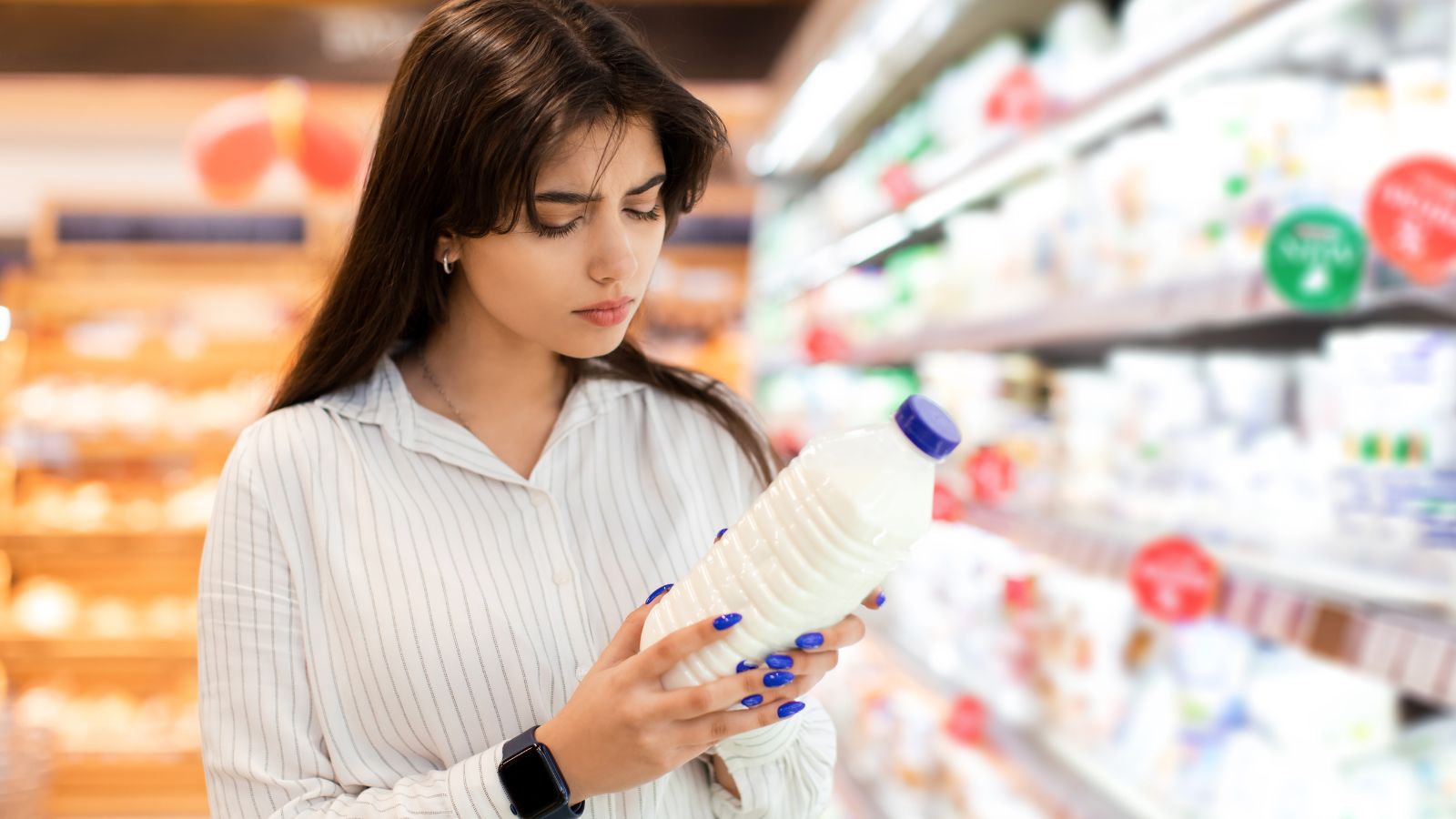
Not all beauty products include precise expiration dates, and many consumers aren’t unaware of how long they should keep a product. Expired products can harbor bacteria, leading to infections and skin irritation. Mascara and eyeliner, for instance, should be discarded within three to six months to avoid bacterial contamination.
Animal testing and cruelty-free options
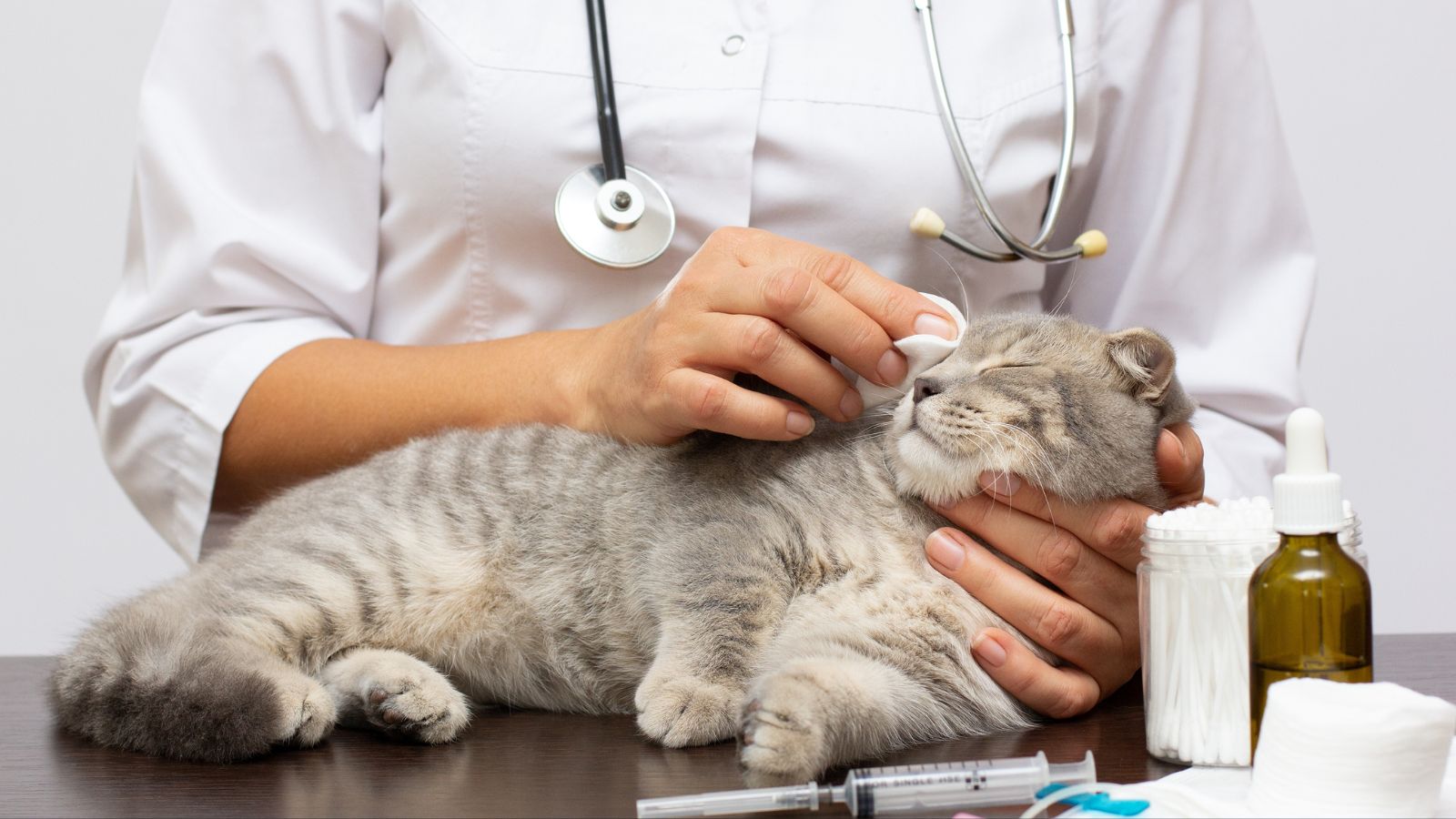
The beauty industry often hides its darker practices behind a glossy facade. One of the most shocking secrets is animal testing. Many brands still rely on outdated methods, subjecting innocent animals to painful experiments.
While some companies have made strides toward cruelty-free policies, digging deep into their claims is essential. Just because a product says “not tested on animals” doesn’t guarantee that every ingredient followed suit.
Consumers are increasingly demanding transparency in this area. Thankfully, many alternatives exist today. Cruelty-free brands offer effective and ethical options without sacrificing quality or results.
You can make informed choices by researching which products align with your values. Supporting these brands benefits your conscience and encourages more companies to adopt humane practices in their production processes.
Overpriced and Underwhelming Products

Many luxury beauty brands charge premium prices for elaborate packaging or branding rather than superior ingredients. Drugstore alternatives often contain comparable formulations and active ingredients, offering similar results without the high price tag. It’s worth comparing ingredients and considering value rather than relying solely on branding.
Drying Alcohols in “Oil-Free” Products
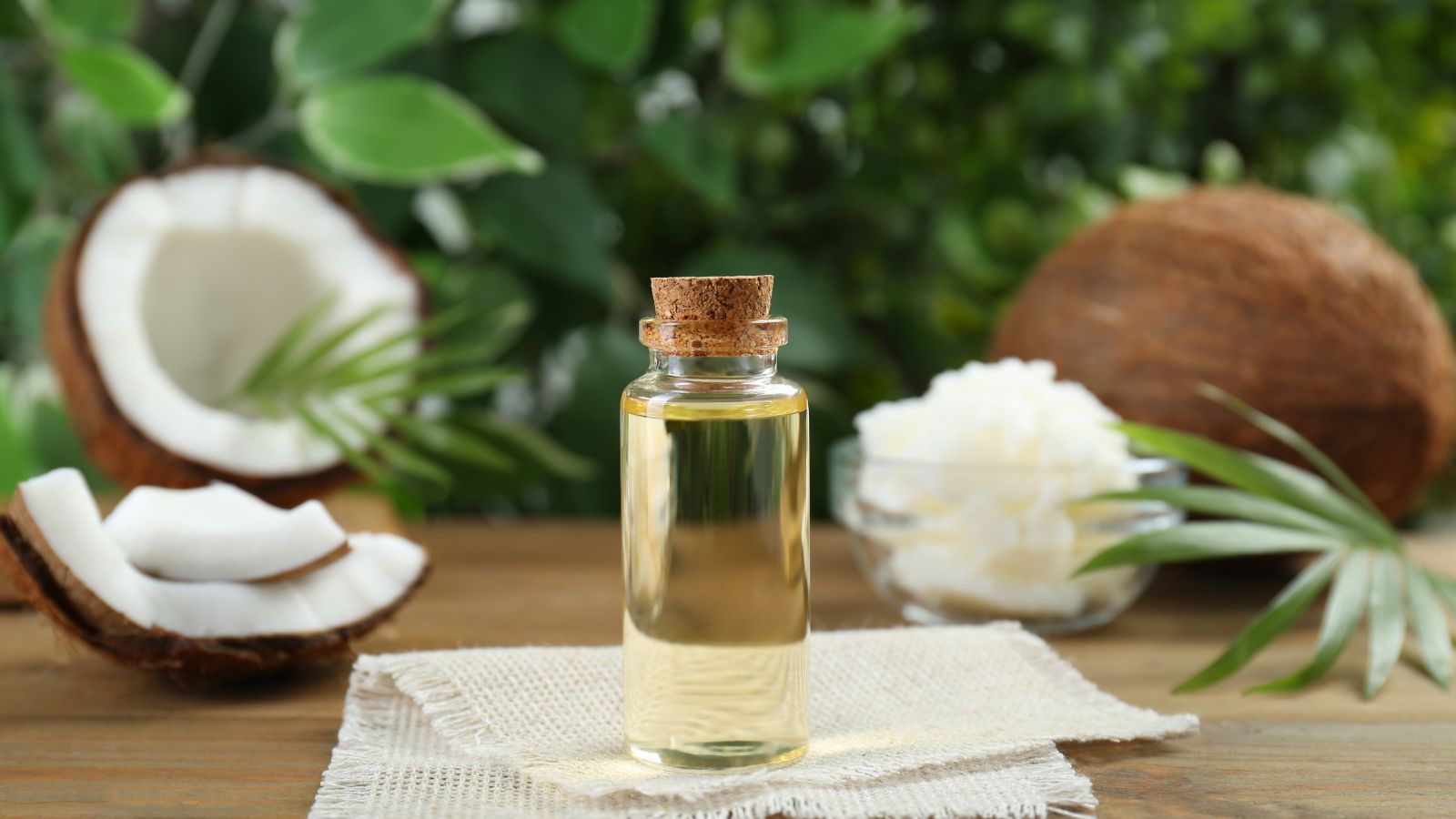
While “oil-free” products are designed for oily or acne-prone skin, they often contain alcohol to give a matte finish. These alcohols can strip the skin of moisture, increasing oil production as the skin tries to compensate. Over time, this may worsen acne and cause dryness or irritation.
Microplastics in Scrubs and Toothpaste
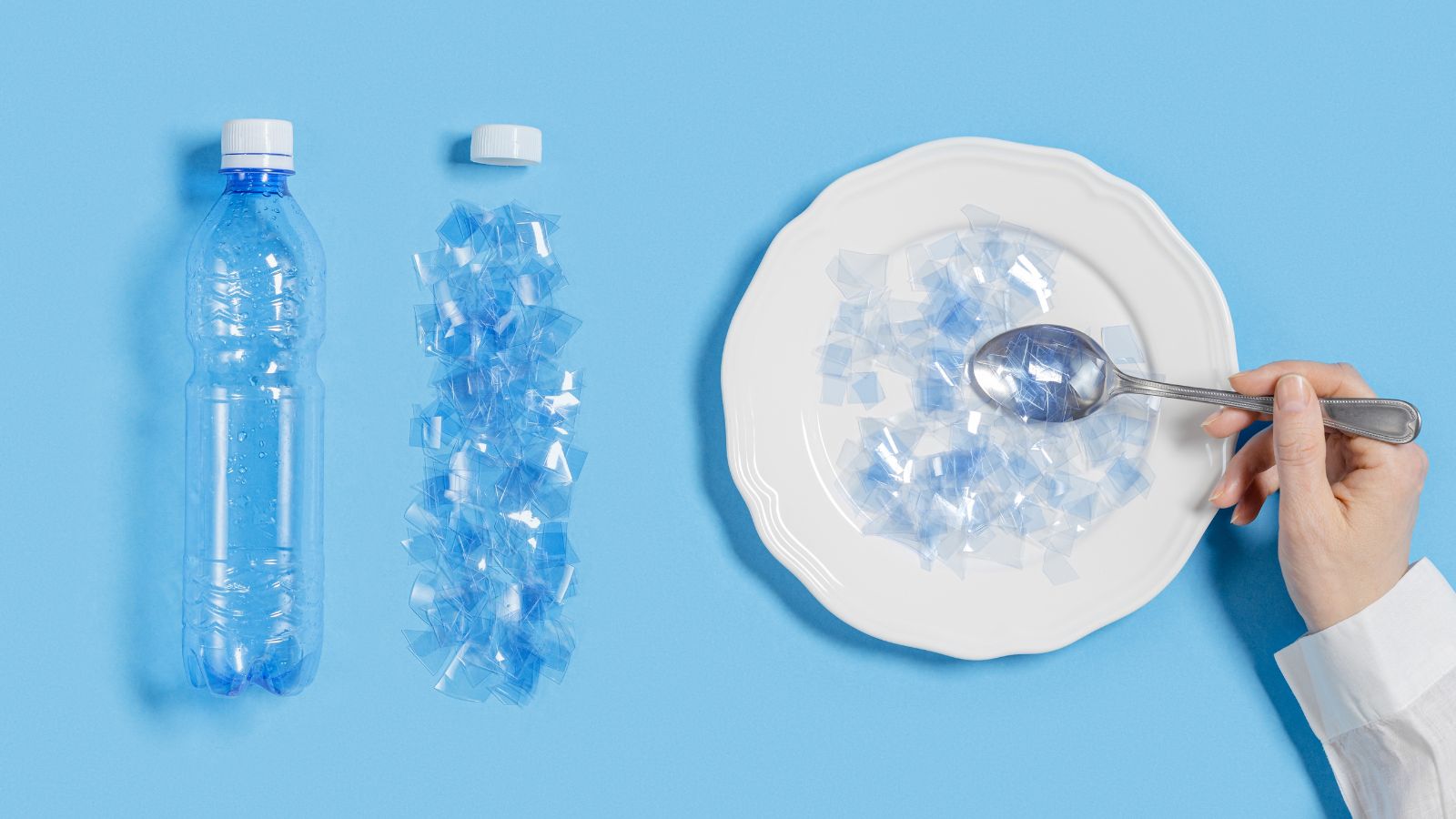
Some beauty and personal care products use microplastics, such as polyethylene microbeads, in scrubs and toothpaste. While they provide gentle exfoliation, they also pollute oceans and harm marine life. Microbeads have been partially regulated, but other types of microplastics are still in many products, leaving consumers responsible for checking labels.
The impact of packaging on the environment
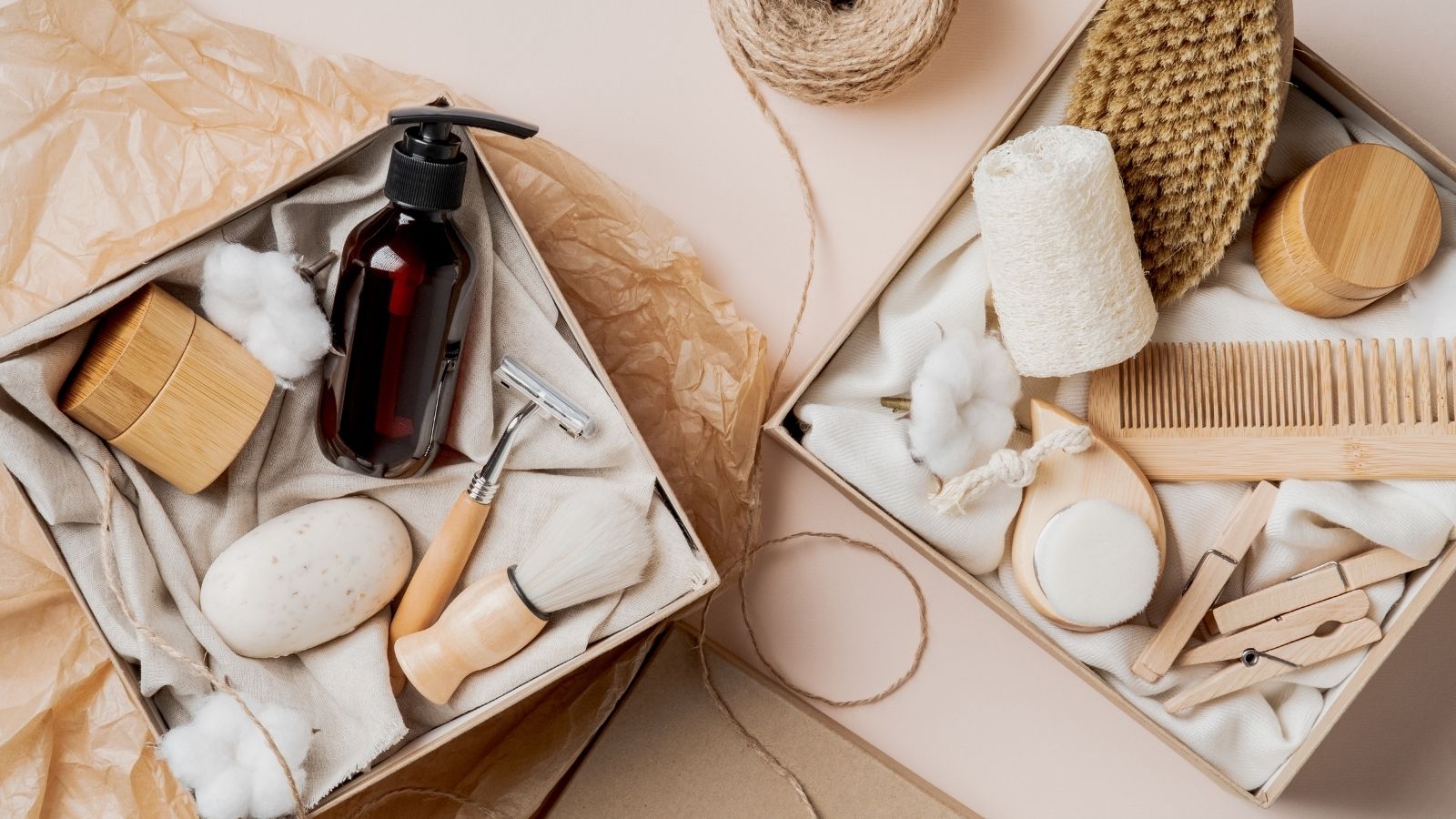
The beauty industry is notorious for its extravagant packaging. Shiny boxes, plastic containers, and ornate bottles often steal the spotlight. But this flair comes at a cost to our planet. Most of these materials aren’t biodegradable. They end up in landfills, contributing to a growing waste crisis. Millions of tons of plastic are discarded each year after just one use.
Many consumers remain unaware that their favorite brands may prioritize aesthetics over sustainability. This creates an environmental footprint that adds up quickly. Recyclable options exist but are not always utilized by companies and consumers. The lack of clear labeling can confuse shoppers about what’s genuinely eco-friendly.
Sustainable packaging alternatives are emerging, yet they haven’t become mainstream in many cases. Awareness around this issue could lead to better choices for beauty enthusiasts and the environment.
The pressure to conform to

The beauty industry often sets unrealistic standards that can affect your self-esteem and mental health. From social media influencers to celebrity endorsements, the pressure to look a certain way is immense. Many people must conform to these ideals to be accepted or admired. This constant comparison can lead to dissatisfaction with one’s appearance and even body image disorders.
Conclusion
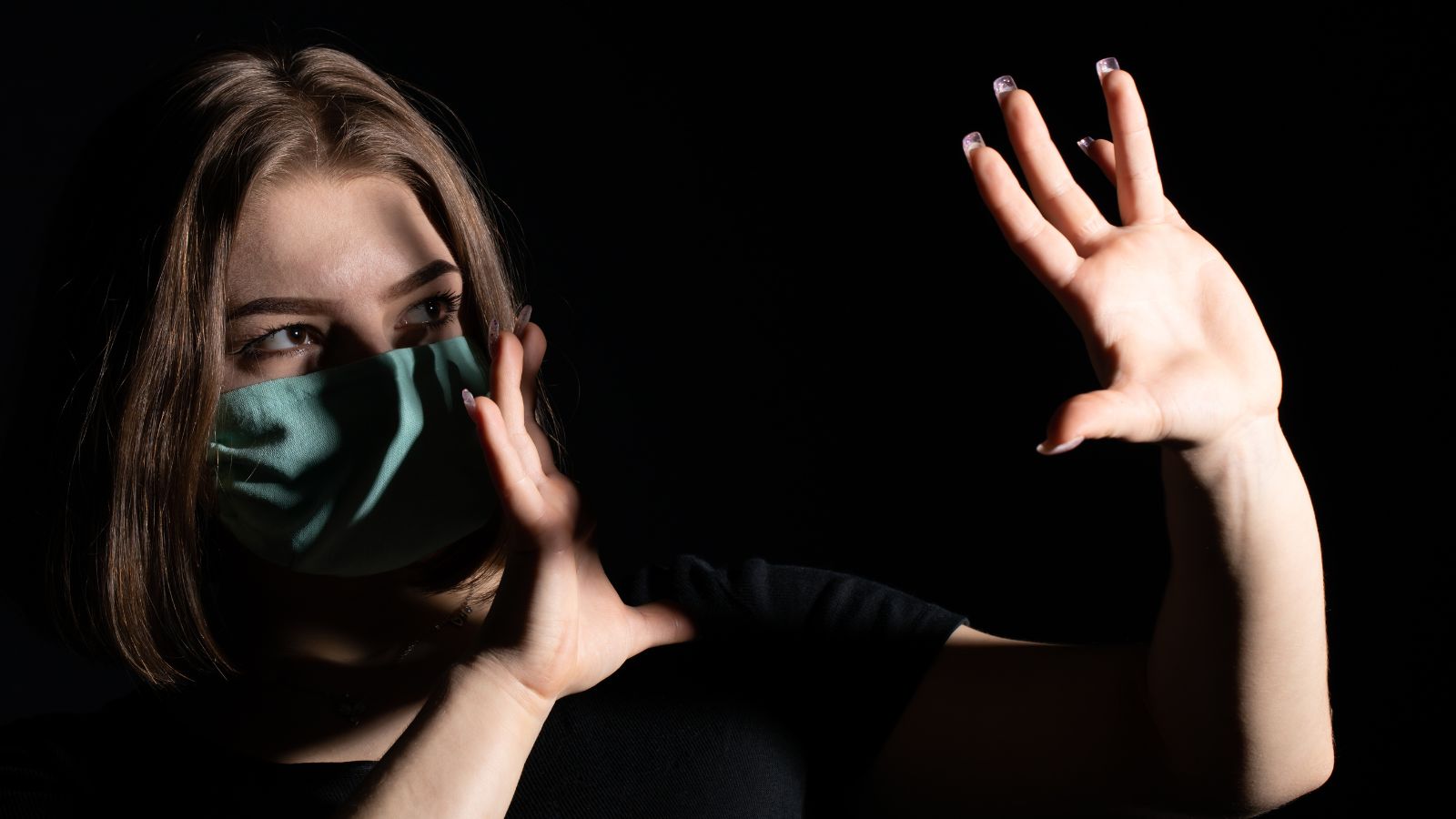
Understanding these shocking secrets about the beauty industry empowers consumers like you. Enhancing your natural beauty and protecting yourself from potential harm stemming from practices rooted in profit over well-being is possible by making informed choices and prioritizing products aligned with your values.
18 Reasons Why People Are Leaving Florida in Masses

Exploring factors that impact the desirability of living in Florida, this list delves into various challenges shaping residents’ experiences. From environmental concerns like rising sea levels to economic factors such as fluctuating job markets, these issues collectively contribute to a nuanced understanding of the state’s appeal.
18 Reasons Why People Are Leaving Florida in Masses
